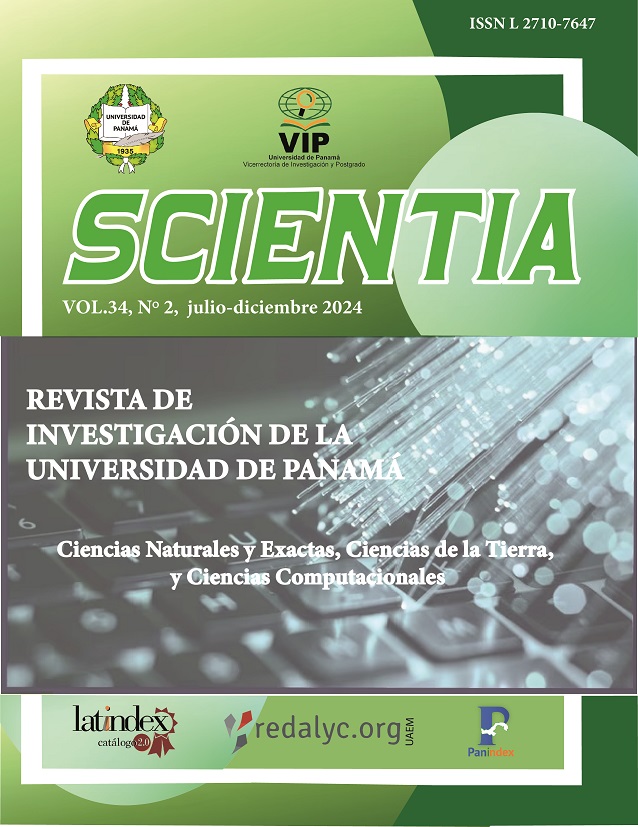

Copyright (c) 2024 Scientia

This work is licensed under a Creative Commons Attribution-NonCommercial-ShareAlike 4.0 International License.
The main objective of this research was to evaluate the effect of Rhizophagus irregularis and Azospirillum brasilense on corn biomass production. Made at the Aranda Farm, Pocrí District, Pocrí District, Los Santos Province, in the dry season. Four treatments were evaluated: Control, Bacteria, Mycorrhiza and Bacteria/Mycorrhiza. Implementing a randomized complete block design (DBCA), with four treatments and five blocks or repetitions. As a result, it was obtained that: Statistically, the null hypothesis (Ho) is accepted, since there was no significant difference at the 0.05 level in the parameters performance and food science. Despite this, it is important to consider the economic analysis, where a marked difference is observed in income per hectare, cost/benefit ratio and percentage of profitability. It should be noted that the highest yield in the dry season (18.44 t) in biomass obtained for the bacteria/mycorrhiza treatment is considerably different from that reported (35 t) by Wilcox and Rivera (2021) in the rainy season. The values ??of the bromatological analysis are relatively stable with respect to what is described by Gingis, (2013) and Demanet (2019). Concluding that, economically, the use of Rhizophagus irregularis and Azospirillum brasilense in the production of corn biomass is advisable. New lines of research emerge from this trial, such as: applying the proposed technology and evaluating the results in the rainy season and the comparison of different levels of fertilization combined with biofertilizers.